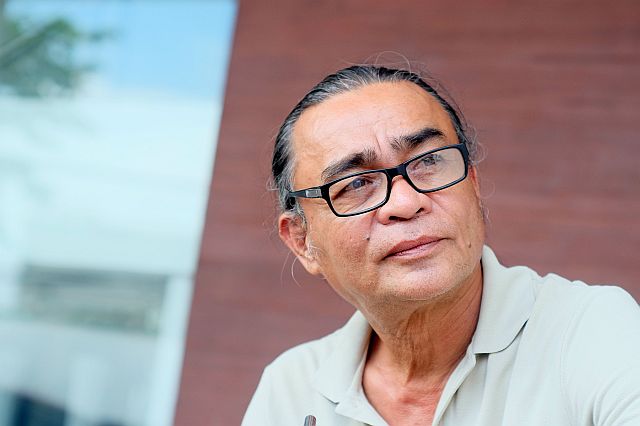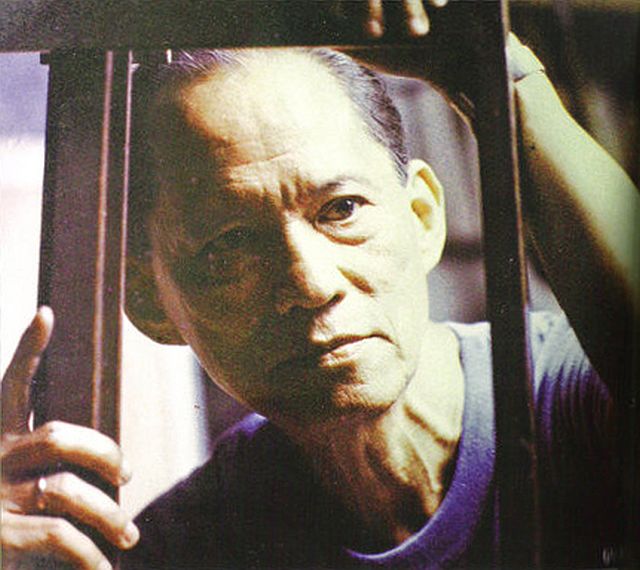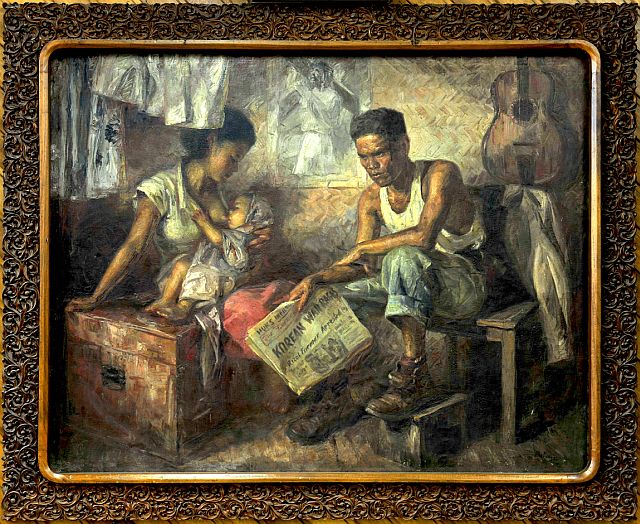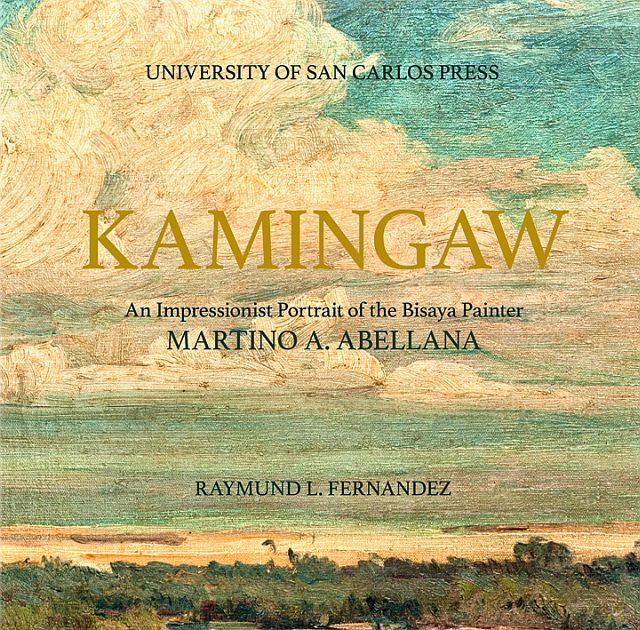
Raymund Fernandez
THIS January, the book “Kamingaw: An Impressionist Portrait of the Bisaya Painter Martino A. Abellana” by Raymund Fernandez will be launched. Fernandez, fondly called “Mr. Mons” by his students in the UP Cebu Fine Arts program, will finally have his dream project see light—the coffee table book on his mentor Martino Abellana, or Noy Tinong to his followers. We asked Fernandez some questions regarding the Abellana legacy and art in general.
Q: In your championing Abellana, how much of it is your appreciation of the man’s genius? And how much of it comes from his mentoring influence on you? Finally, how much of it has to do with his contribution to Cebuano culture? If he were Waray or Hiligaynon and was not your friend, would you fight for him with the same fervor?
A: I champion Abellana to the same extent I champion the drawing craft. Abellana did not place too much importance on talent. He worked on the belief anybody can learn to draw and should. Years after he was my teacher I came across a book by Betty Edwards who made the same claim, “Drawing on the Right Side od the Brain.” Abellana most likely did not read this book. And yet it bears out his teachings. I would have championed Abellana if he were Waray or Negrense. My thesis is that we Bisaya should champion the word Bisaya and all its accompanying meanings because it would be to our cultural advantage. But Abellana was not himself a cultural activist. He was simply a great artist who was a good teacher who did not export himself to greater success. I feel this way if going about one’s art should be validated because in this way Abellana was our champion, yours and mine.

Martino A. Abellana
Martino Abellana came from an artistic family so the genes are very much evident. But how much can environment help in shaping an artist like Abellana? He hailed from Carcar, which was quite a center of activity during his youth.
There are many who observe that second generation artists have an advantage over others. In Abellana’s case, this was true. Environment has a lot to do with this also. This is a good lesson for schools to learn. We should really provide a free learning and creative environment for our students. Carcar was the center of many currents both in the period of the revolution and World War II.
How much did this effect Abellana?
I think quite a lot. It is a topic of discussion in the book.
Can you share fond memories you’ve had with Maestro Abellana?
I never thought Abellana liked me when I was a student. I was too distracted with activism and experimental art, which bothered him. I was quite surprised when I heard he went to the school to tell them I should take over his classes when he went on his trip to Europe. We both respected each other from a distance.
In your field you are a bit of an anomaly since you excel both in theory and practice, in art execution and in writing. Do you think there will be more local artists like you in the future who can be kind of ambidextrous in their field?
I think there will be more. Edgar Mojares was similar, also Roy Lumagbas. But they did not go into writing the way I did. To be honest I needed to write for the grocery money at first. It took awhile for me to love the whole cycle of attention required by
writing. I believe there will always be “ambidextrous” people born into each generation. And in time people will realize all creative acts draw from the same well in the mind.

“Korean War” by Martino Abellana
“Kamingaw” seems to be quite a big breakthrough of a book. Do you have other dream projects in the pipeline?
I’d really like to do fiction. A graphic novel is my dream project.
*For more information on how to purchase the book, call Phialo Trading Corporation at 4172819 or 09175554988

